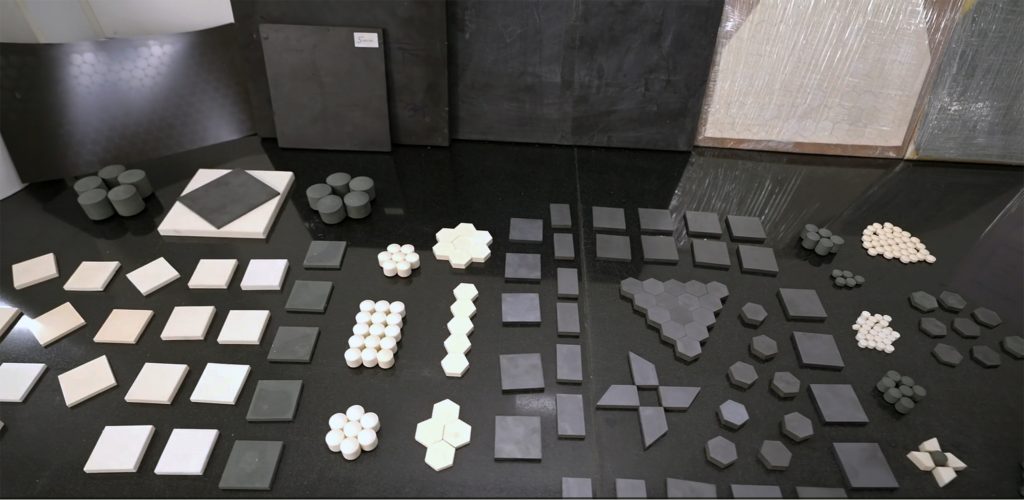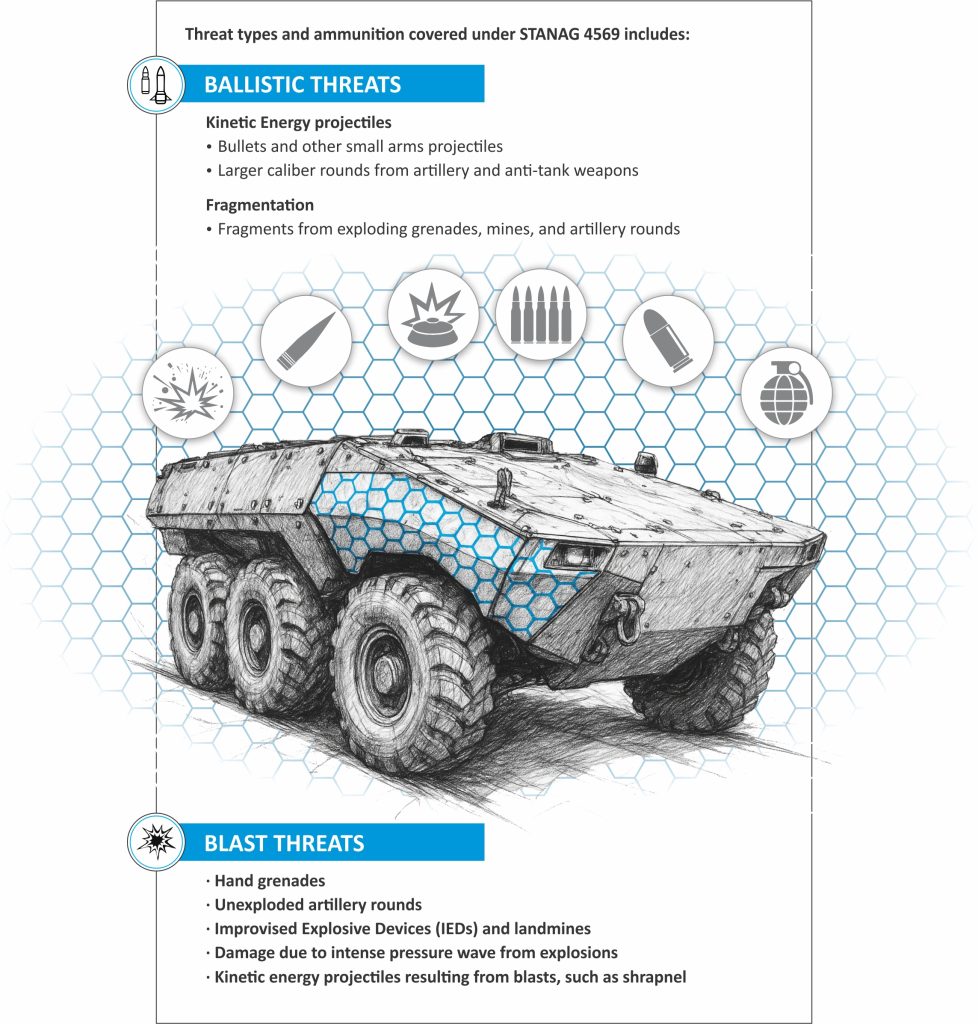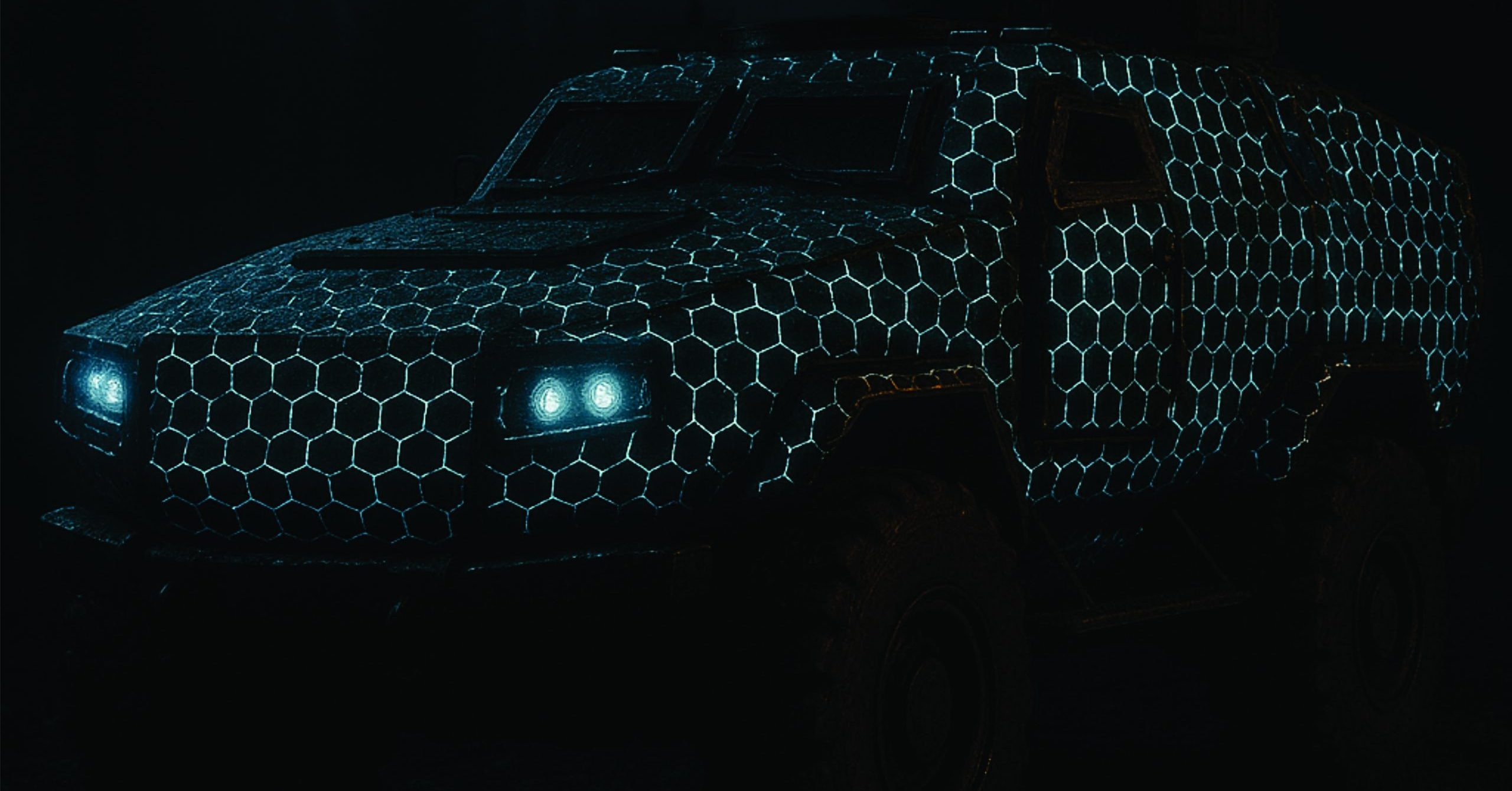In the pursuit of Atmanirbhar Bharat, India’s defence landscape is undergoing a radical transformation. One of the most significant areas of focus is the development and modernisation of armoured vehicles, be it Main Battle Tanks, Light Battle Tanks, or Wheeled Armoured Platforms. These machines are no longer just about firepower or mobility. Today, survivability is equally critical, and that starts with advanced, multi-threat armour solutions capable of withstanding the rigours of modern warfare.
Given the terrain in which these armoured vehicles operate, ranging from deserts and high altitudes to forests and urban warzones, it is a given that they need to move quickly, stay protected, and function reliably under all conditions. Protecting these platforms and the defence personnel inside them calls for cutting-edge innovation in materials, surpassing exacting certification criteria, and building a robust, self-reliant supply chain.
The materials revolution
Earlier, steel was the mainstay of vehicle protection. However, as threats on the combat field grew more sophisticated and advanced, the limitations of conventional armour became clear. Steel is not only heavy; it also does not offer sufficient protection. This resulted in research into materials that could effectively protect defence vehicles against improvised explosive devices (IEDs), kinetic energy penetrators, and precision-guided munitions.

The answer came in the form of advanced materials, such as Reaction Bonded Silicon Carbide, Zirconia Toughened Alumina, and high-purity Alumina. This diverse library of materials offers a winning combination of lightweight properties, superior hardness, and multi-hit resistance.
Advanced ceramics are currently top of the pyramid for modern armour solutions, given that they deliver unparalleled advantages. They enable up to 50% weight reduction compared to steel, provide excellent ballistic energy absorption, and are resistant to wear, corrosion, and wide-ranging temperature shifts. They can be custom-moulded as tiles and panels to suit different vehicle designs.
By reducing weight while maintaining the desired protection levels, these materials enhance fuel efficiency, speed, and payload capacity, all of which translates to improved operational capability across terrains.
Certified protection to meet global standards
Protection means little if it cannot be benchmarked. That is why international certifications such as STAGNAG 4569 matter. STAGNAG 4569 is a NATO standardisation agreement that defines the protection levels for occupants of logistic and light armoured vehicles.

For Indian manufacturers like CUMI, aligning with such global standards is not only about compliance, it’s also about building credibility. Recently, CUMI became one of the first Indian companies to receive certification from the Industrieanlagen-Betriebsgesellschaft MBH (IABG), Germany, for its vehicle armour solutions meeting the STANAG 4569 protection levels 2 and 3, with Level 4 currently under testing. These validations help instil confidence among customers and end-users in the domestic and global markets.
Indigenous development, coupled with certification as per global norms, also unlocks new opportunities for Make-in-India components to be integrated into international defence programmes. This is making India not just self-reliant but also globally competitive.
Government–Industry collaboration, scaling impact through ToTs
The Indian government, through DRDO labs such as Defence Metallurgical Research Laboratory (DMRL), has been proactively engaging with industry via Transfer of Technology (ToT) agreements. A recent example is the ToT granted to CUMI to manufacture add-on composite armour panels for WHAP vehicles.
Such collaborations are critical to scaling lab-to-field innovations. By leveraging the private sector’s engineering expertise, processing capacity, and manufacturing scale, these ToTs help fast-track the deployment of advanced protection systems for India’s vehicle fleet, while building indigenous capabilities and reducing import dependence.
Building a strong, resilient supply chain
Defence materials procurement is often vulnerable to geopolitical shocks, sanctions, and quality inconsistencies. This is especially true when components such as ceramic tiles are imported in bulk. Here, a backwards-integrated supply chain becomes a strategic asset.
CUMI, for instance, is among the few companies with complete backward integration—from raw material sourcing, processing, to component design and panel assembly. This ensures traceability, consistent quality, and faster turnaround times, besides reducing costs and vulnerabilities in times of global supply chain disruptions.
Having a reliable domestic ecosystem also strengthens India’s long-term defence preparedness. It enables continuous R&D iteration, improves serviceability, and ensures mission-critical deliveries without the risks associated with international procurement.
Design innovation
Modern vehicle armour must go beyond just protection. It must integrate seamlessly with mission requirements and vehicle ergonomics. Design innovations such as hexagonal ceramic tiles, hybrid composite panels, and modular add-on armour kits offer flexibility and higher survivability. These systems can be customised for various threat levels and vehicle configurations while enabling easier maintenance and replacement.
Moreover, emerging nanomaterials such as graphene and next-gen polymeric composites are showing promise in making vehicle armour lighter, stronger, and smarter. As research progresses, there may soon be materials that facilitate self-healing, adaptive thermal resistance, or stealth-enabling properties, further enhancing battlefield survivability.
The road ahead
With global defence spending rising and conflict scenarios evolving, India is well-positioned to become a key player in the armoured vehicle protection ecosystem. The convergence of advanced materials science, skilled engineering, and government-industry collaboration is already yielding high-impact outcomes.
The roadmap ahead must include continued investments in R&D and materials innovation, expansion of domestic certification capabilities and international collaborations, scaling up production to meet both domestic and export demands, and prioritising zero-compromise quality in every component.
As India looks to modernise its forces and safeguard its frontlines, it is clear that the future of protection lies in intelligent materials, indigenous innovation, and globally benchmarked performance.

